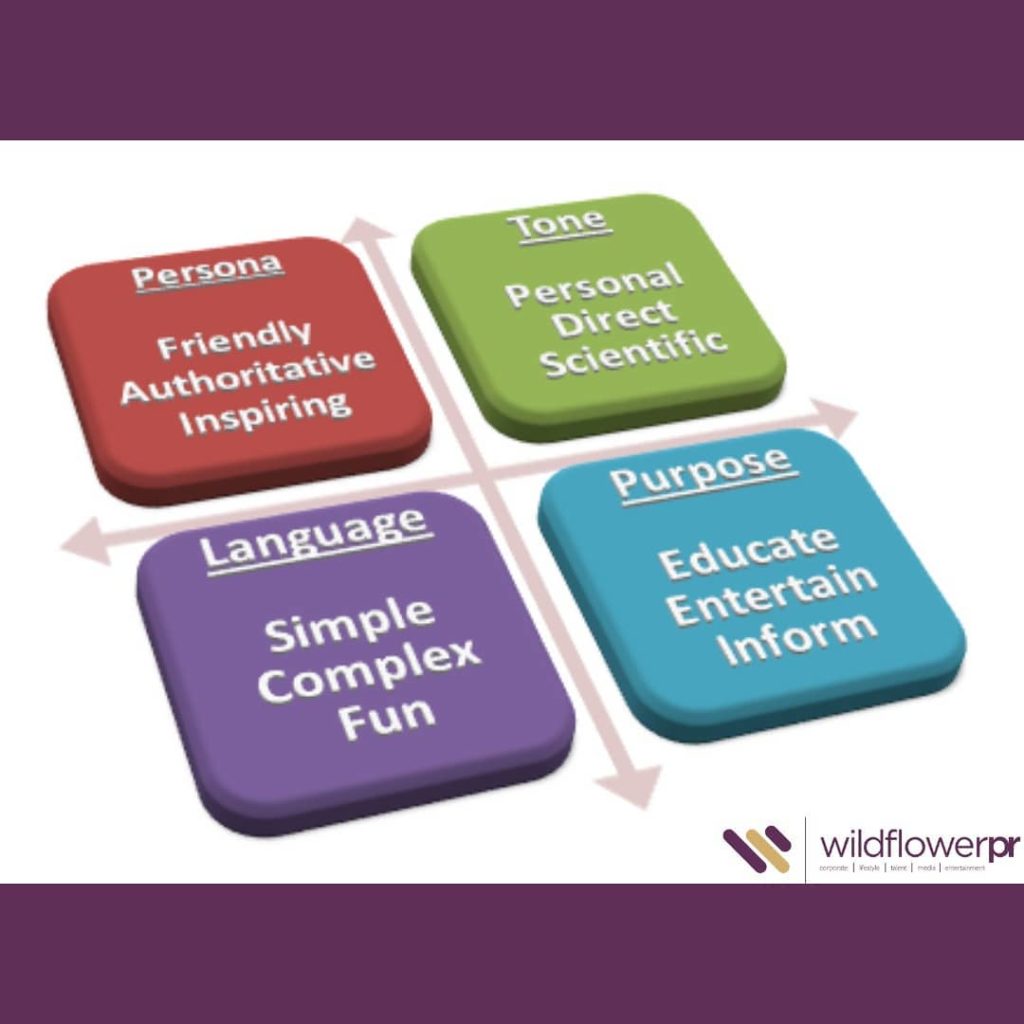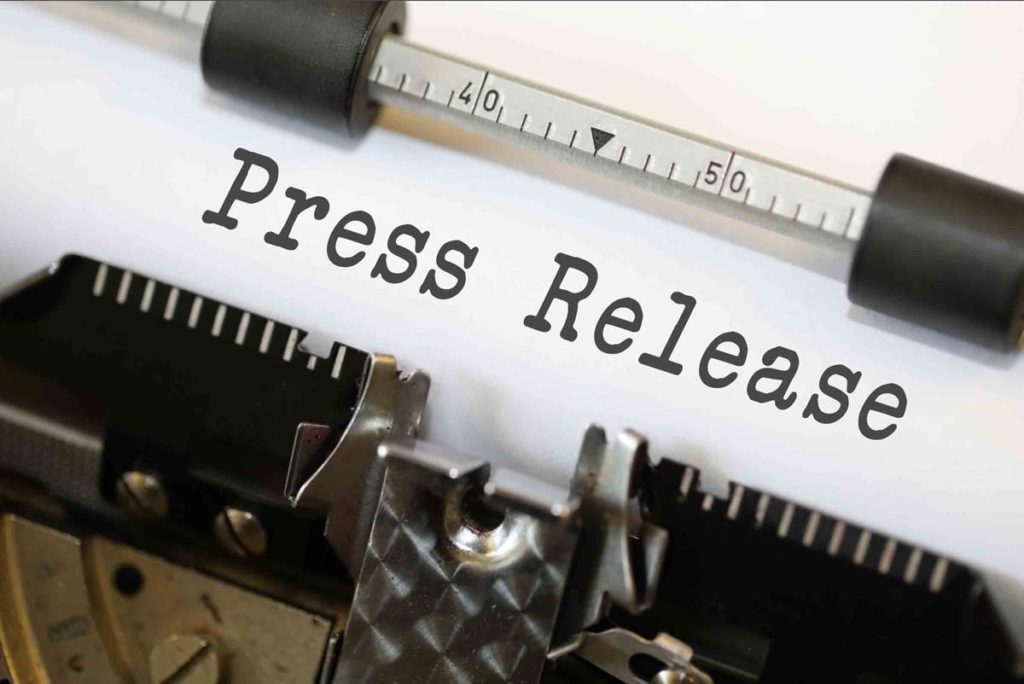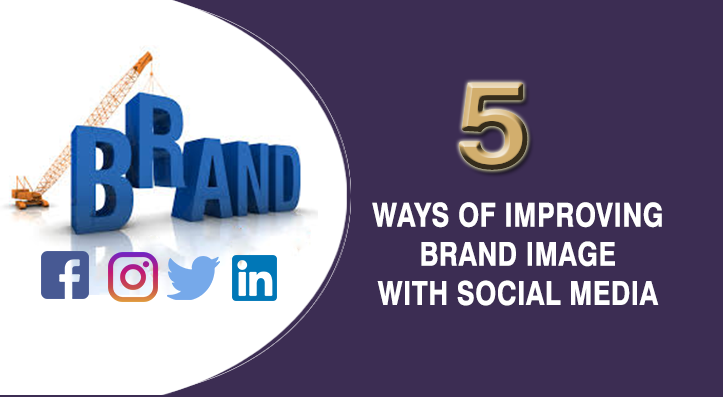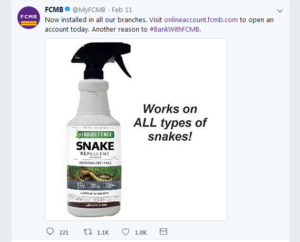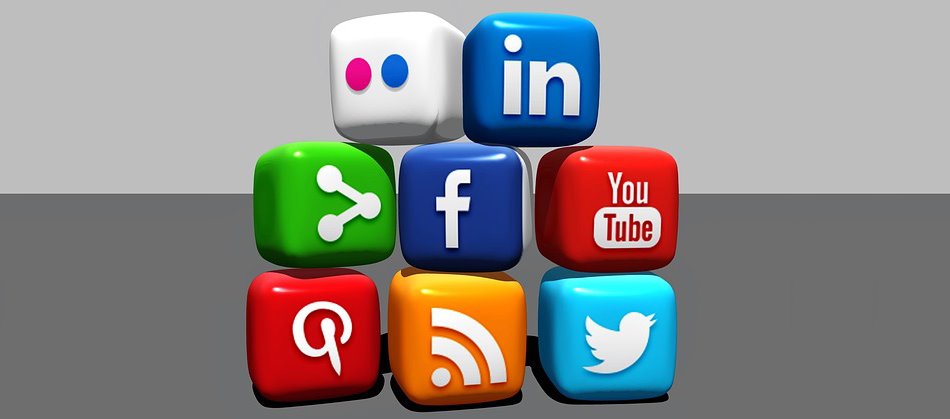As a business, brand or any organisation you will likely face a public relations crisis at some point, the way you respond to it can either build your image or damage it. It is important to properly handle such, should it occur, so as to maintain a proper relationship with your clients and business partners. Here are 8 ways to handle a crisis:
1. Take responsibility
2. Stay proactive, transparent and accountable
3. Have a strategy in place in case you face a social media backlash
4. Communicate as a brand not as an individual
5. Remember to humanise your messages
6. Include verifiable quotes in your press releases.
7. Apologise where wrong, and take corrective actions.
8. Keep monitoring the situation and communicate regularly. Anyone operating in the public relations sphere needs to be vigilant, proactive and have a strategy in place so as to quickly and effectively handle any PR crisis that might arise. At WildFlower PR we take issues and crisis management seriously; as we are proactive and have a strategy in place to see that our clients are never caught unawares.


